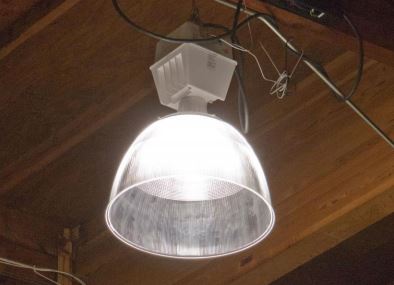Project Info
COMPLETE
 Project Title
Project Title
 Project Title
Project Title
Indoor Electronic Dimming Ballast Performance Reliability Study
Project Number ET07SCE1160 Organization SCE End-use Lighting Sector Industrial Project Year(s) 2011 - 2011Description
An indoor (unconditioned warehouse space) performance, energy savings, and reliability study of electronic dimmable metal halide (EDB)(CMH and psmh) ballasts. Laboratory testing of a matrix of lamp manufacturers/sizes and ballasts. Data on photo metrics, energy savings and detected failures for work paper development.
Project Report Document
Loading PDF Preview...
